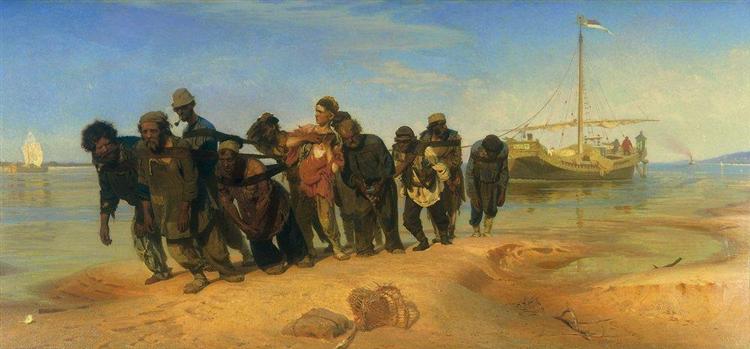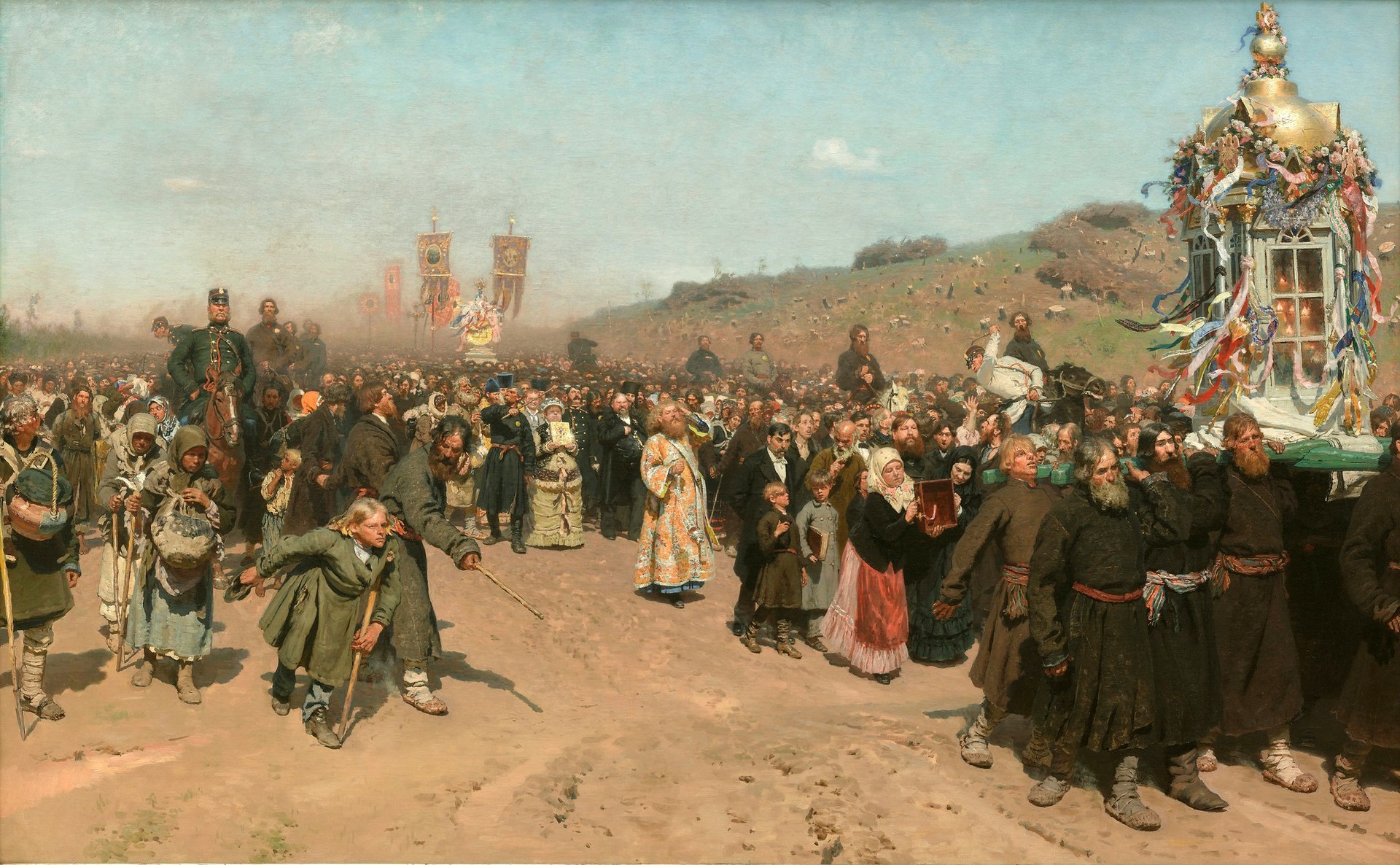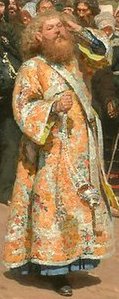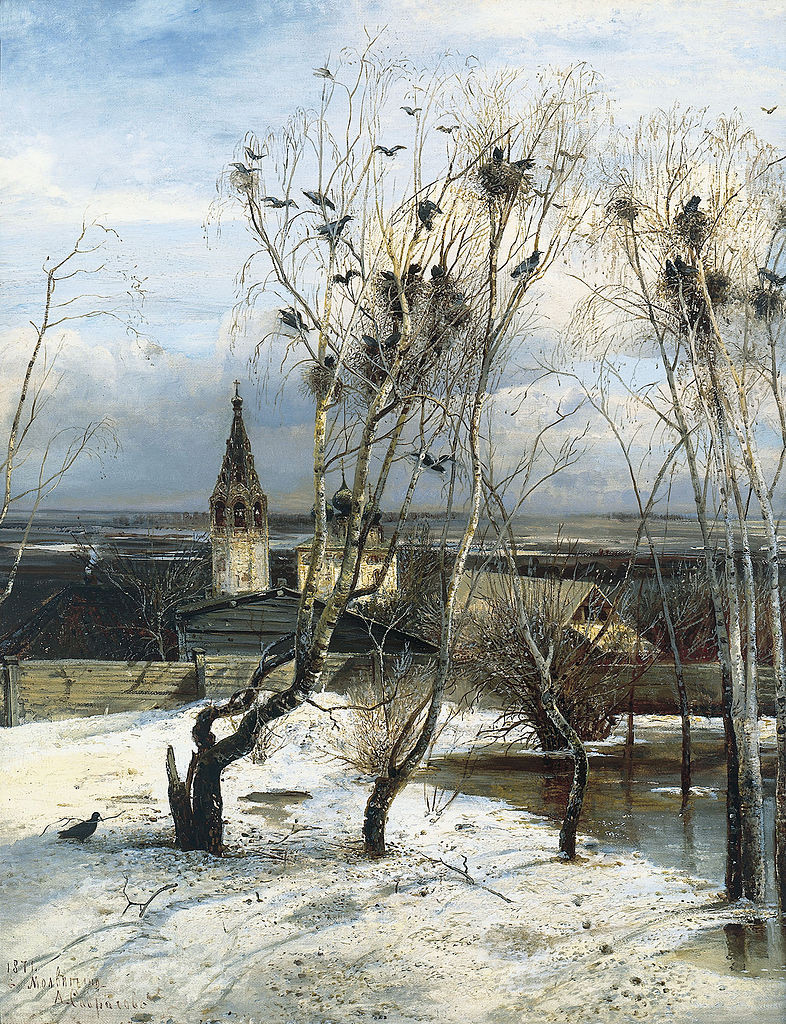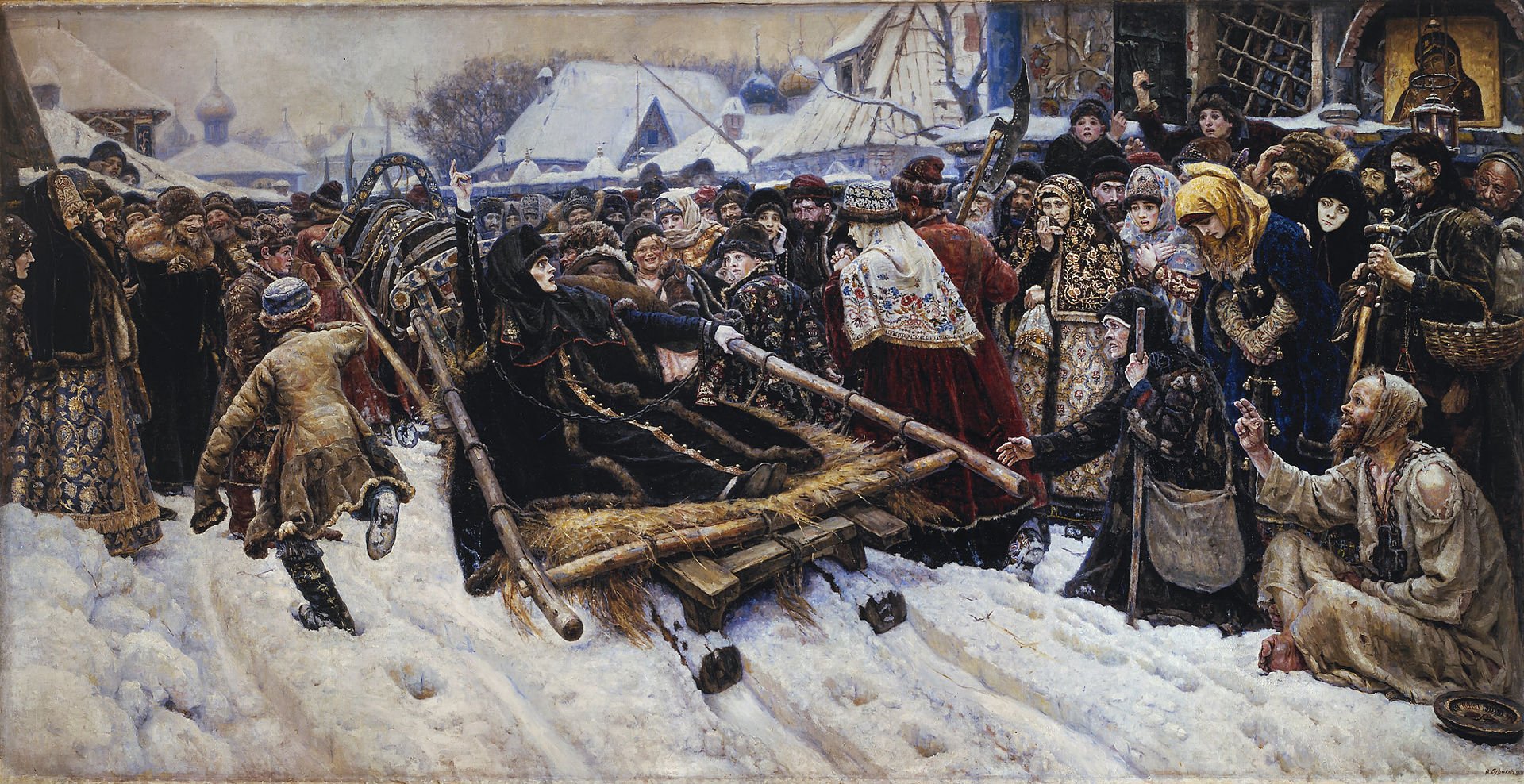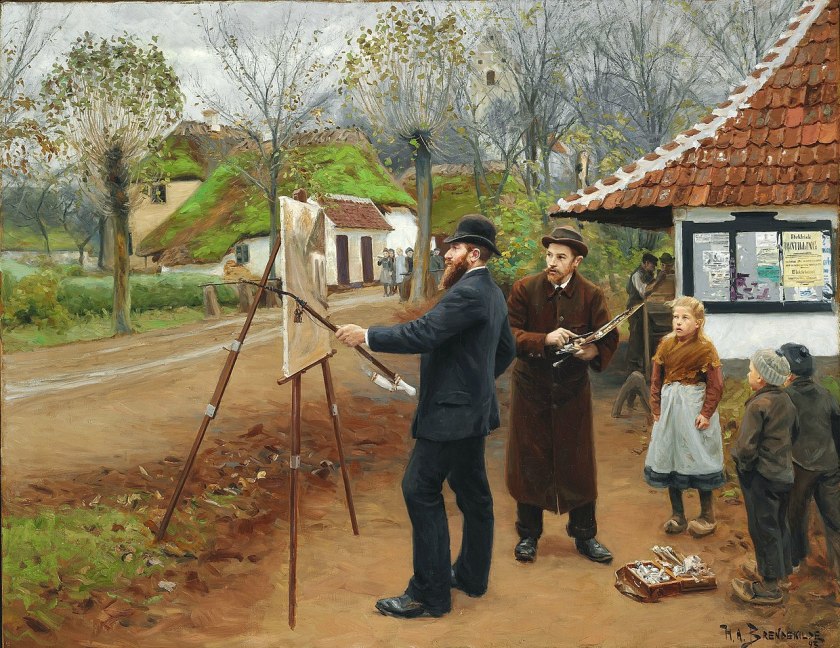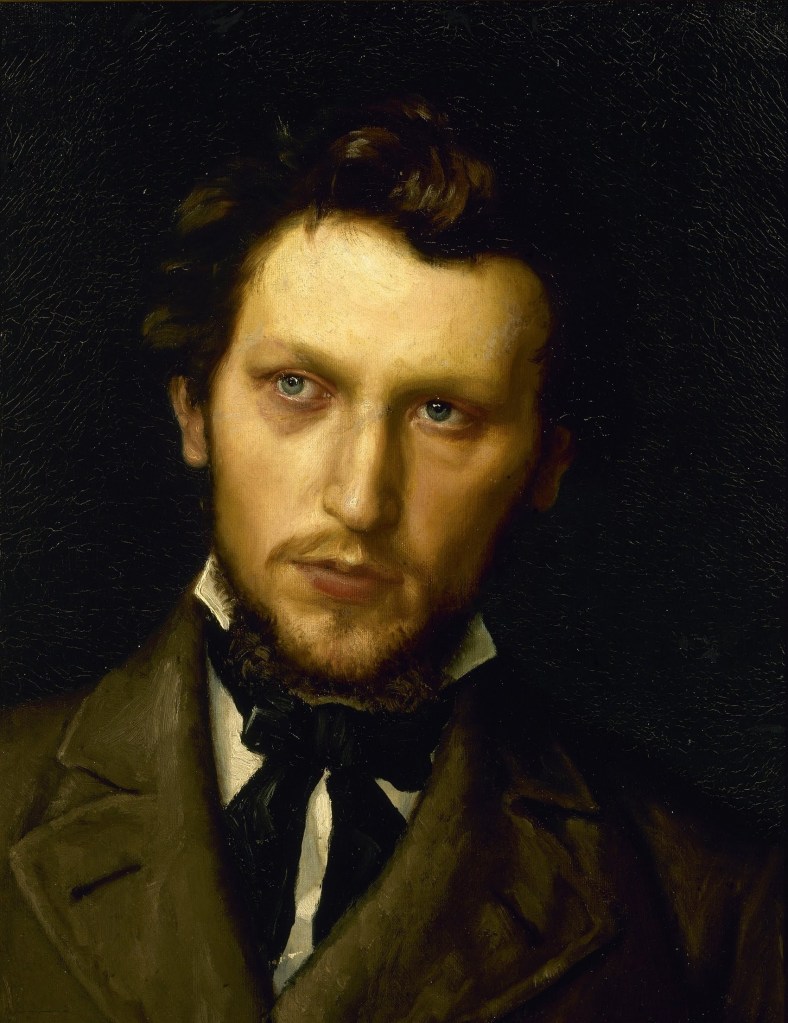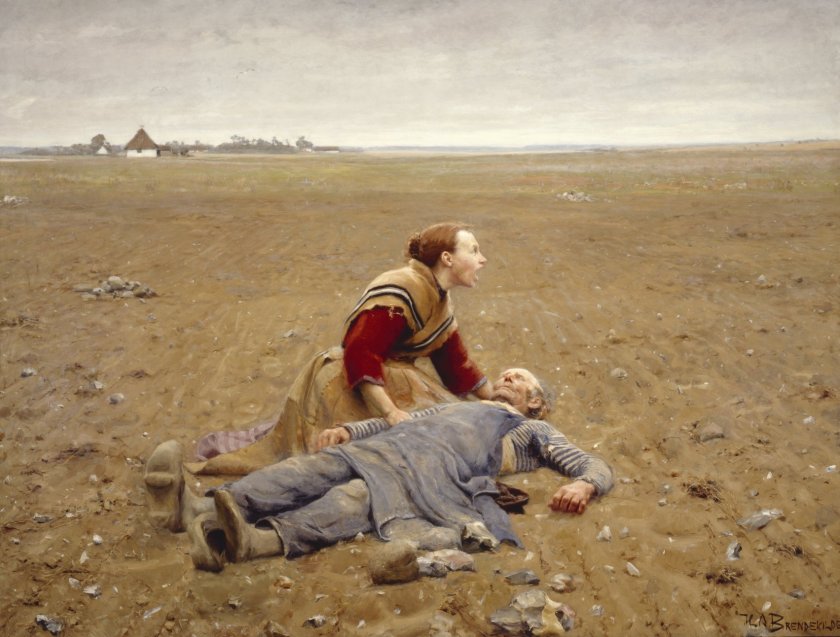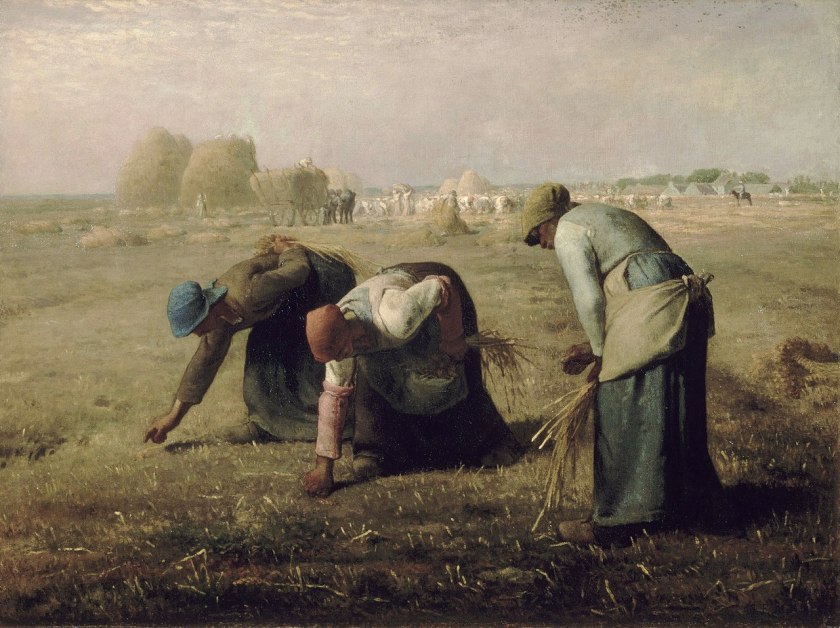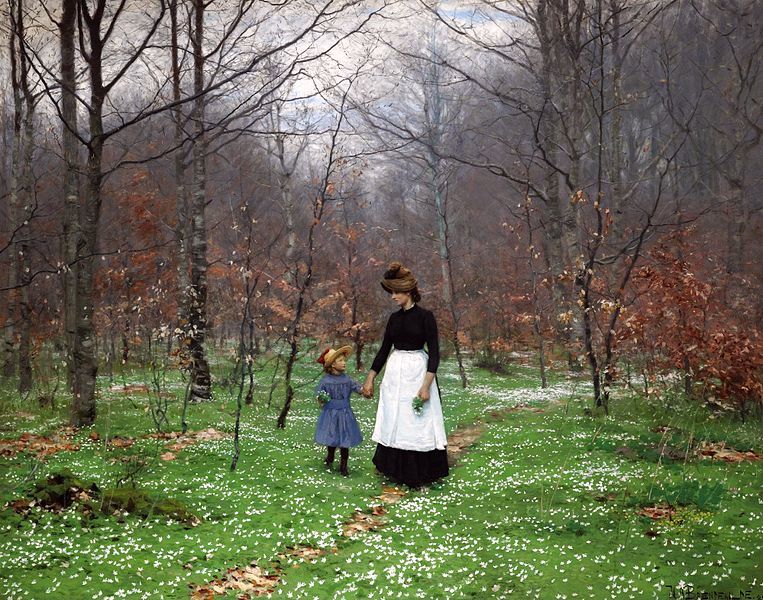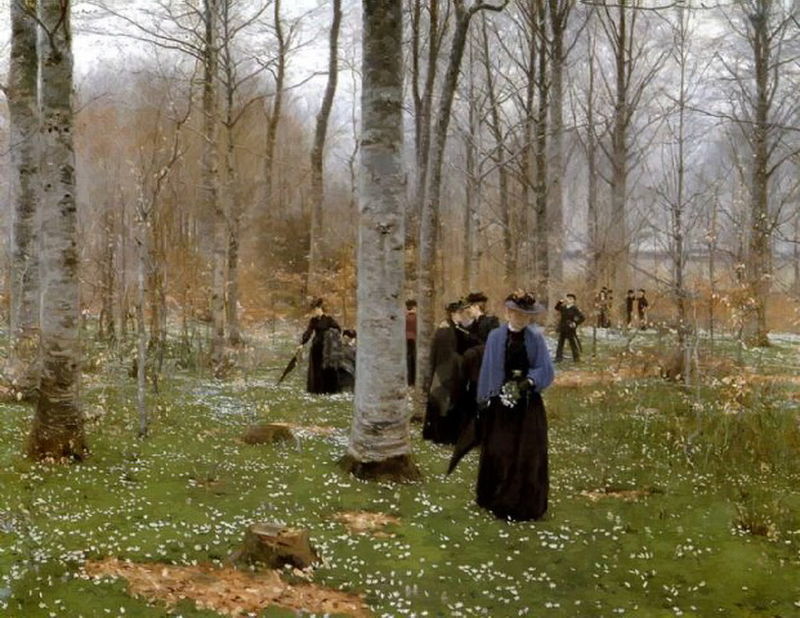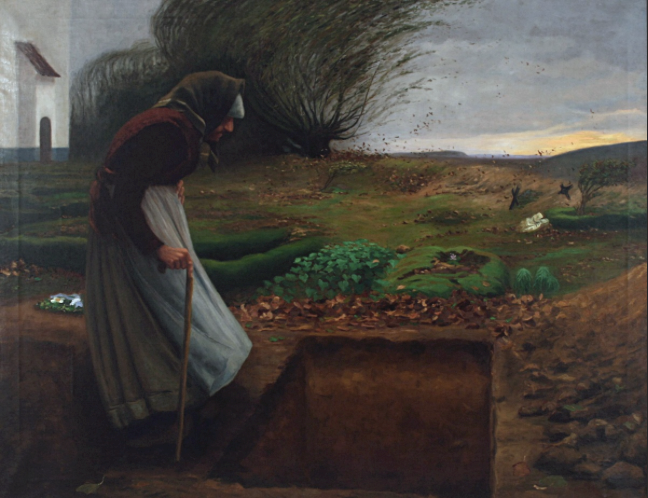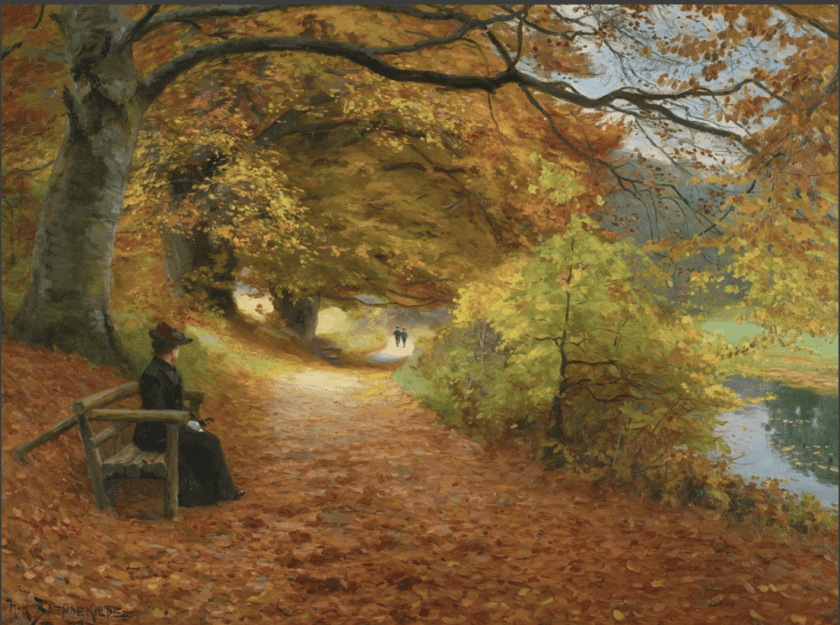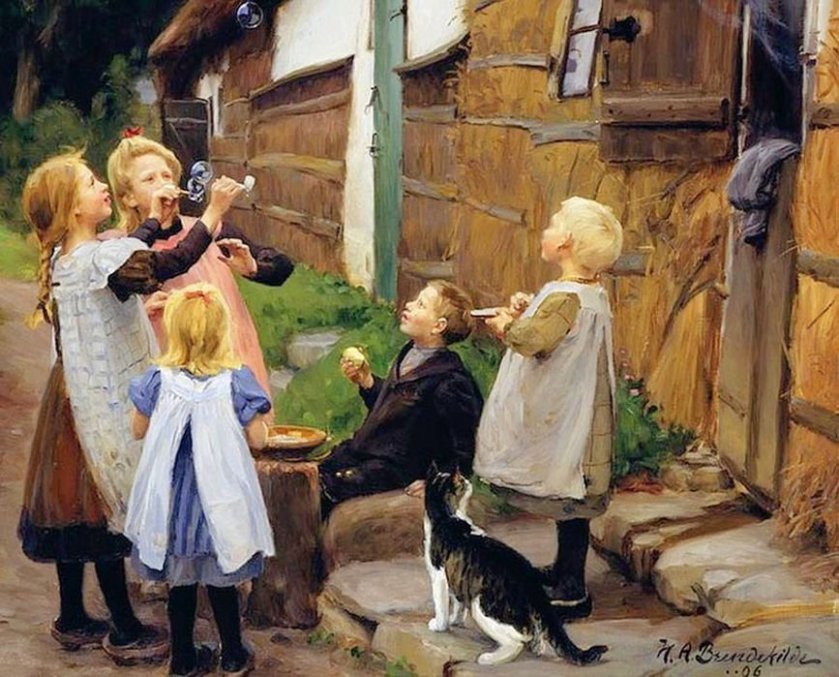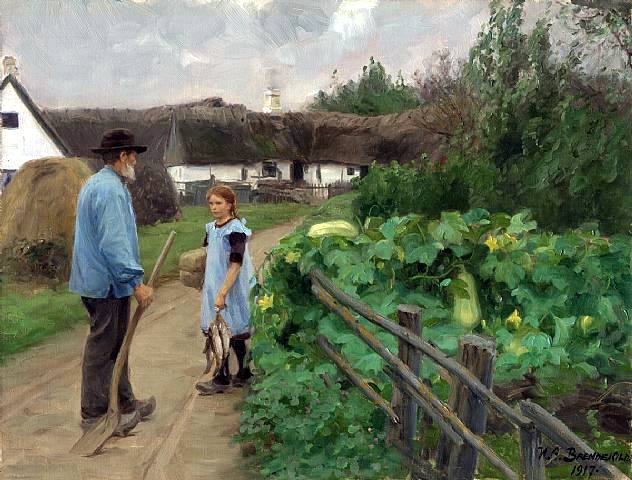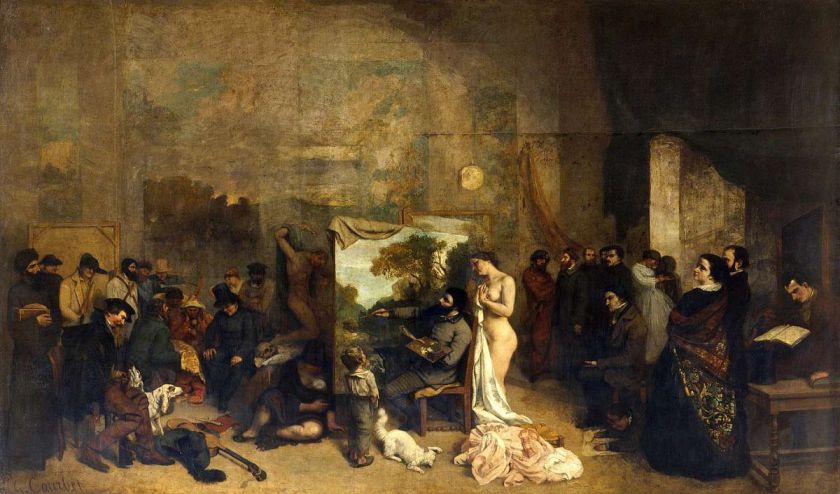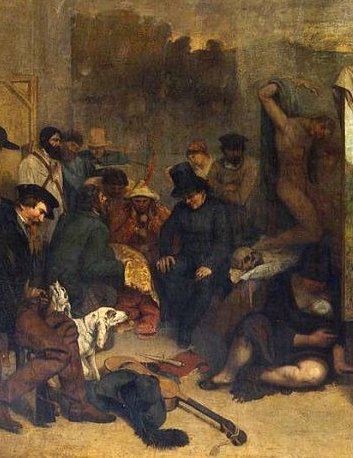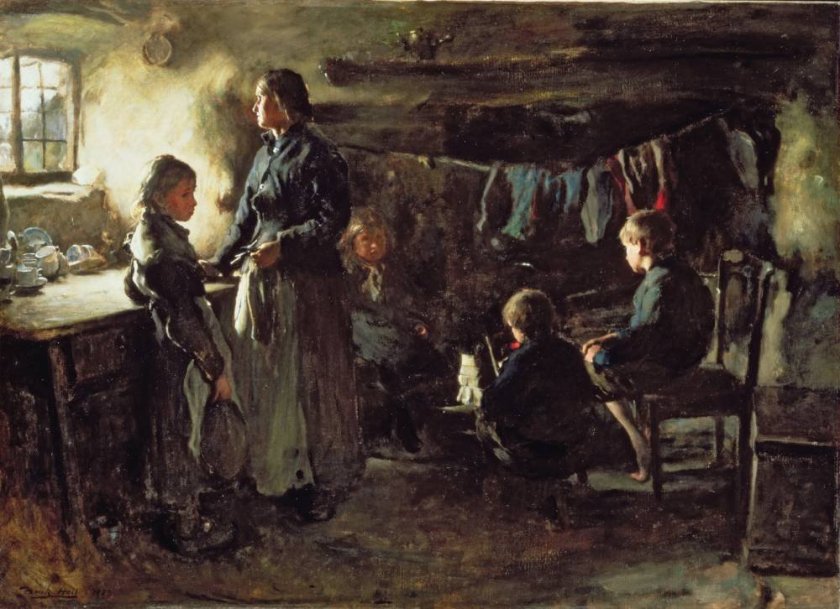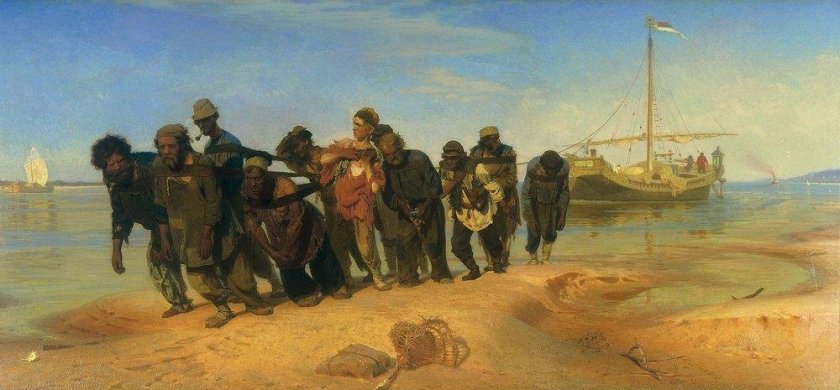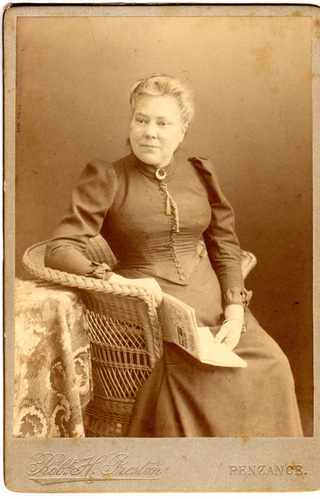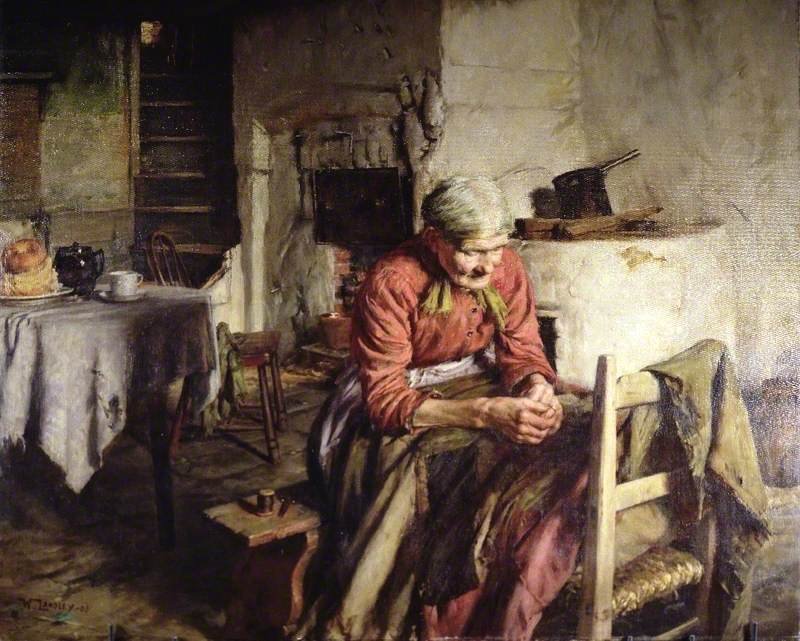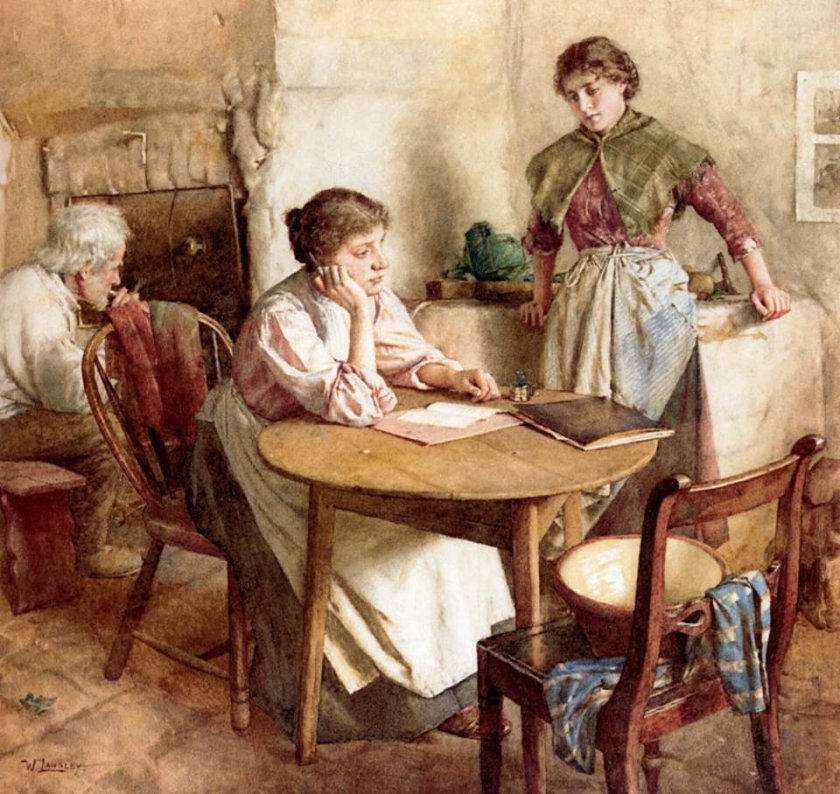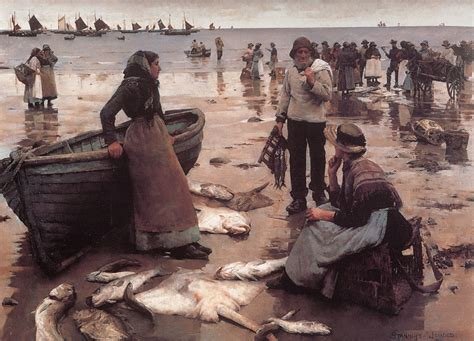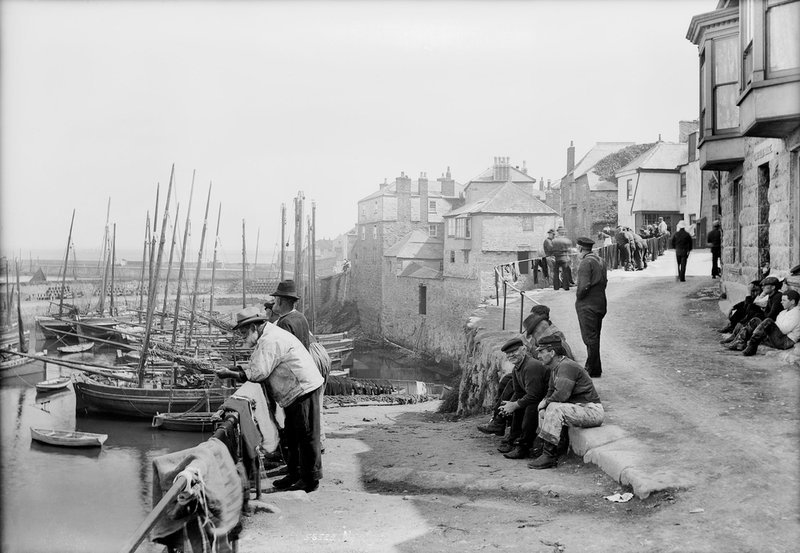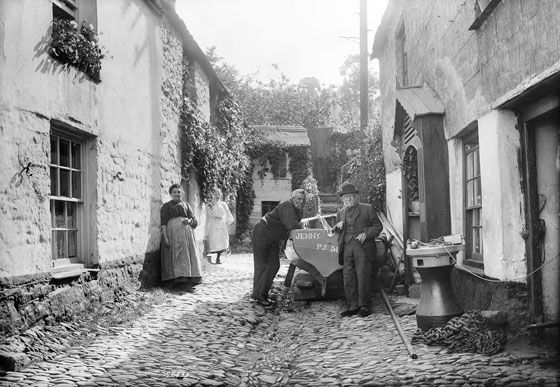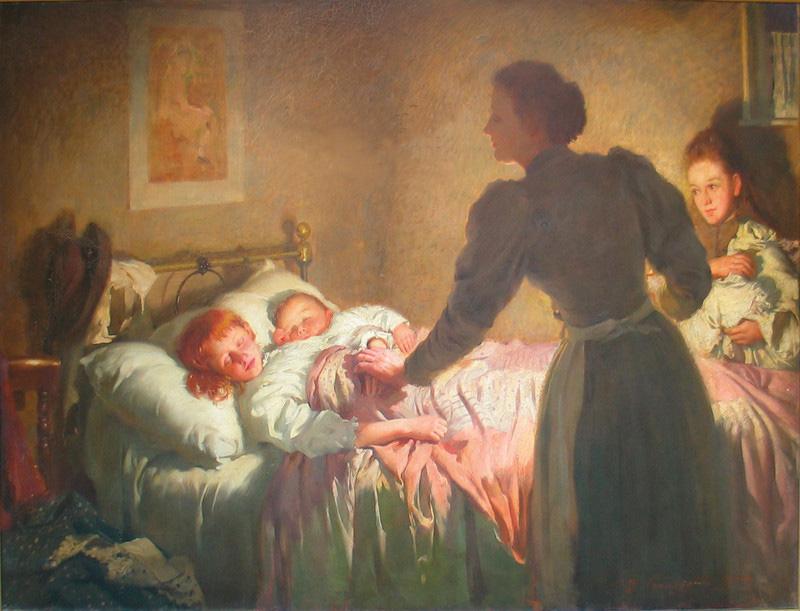
Another of Hedley’s paintings projecting school life was his 1883 work, In School. The boy in the painting was John Irwin, the younger brother of Tom Irwin, who worked at Ralph Hedley’s woodcarving shop.

Hedley used Irwin in a number of his painting. one of which was his 1884 work known as The Ballad Seller. The setting is the Black Gate in Newcastle with Castle Garth in the background. The red roofs of Castle Garth can be seen behind the Black Gate in Ralph Hedley’s depiction. The Black Gate formed the entrance to the street, which had been built inside the castle walls. There was only a short stretch of street left standing by the time Hedley painted this picture. It has now all been demolished, though the outline of the street can still be seen. It is thought that Hedley made many plein air sketches for the background. In the painting we can see the rough wooden fence that had been put up around the Black Gate in 1883 by the Newcastle Society of Antiquaries during the renovation work. Hedley’s painting depicts broken and missing stones as well as damaged window glass. The Black Gate of the Norman castle, which was completed at the end of the thirteenth century, had become run down. However, the painting is all about the trade of selling ballads. Ballad sellers were looked upon in the eighteenth century as impoverished, uneducated, and morally-lacking people who were allegedly conspiring with pickpockets. It was suspected that whilst plying their trade, they hoped to distract their audience with their songs while the pickpockets went to work. Later, they would share their ill-gotten gains. Ralph Hedley would have witnessed poor women street sellers having to take their children with them, like the baby in the ballad-seller’s arms in this picture. John Irwin was once again used as a model for one of the boys.

Older brother Tom Irwin was himself the model for one of the men in Hedley’s 1885 painting Shoeing a refractory horse in the stocks – Shoeing the bay mare. He was the man standing on the right wearing the brown cap, velvet jacket and velvet trousers. He was seventeen years of age when he modelled for the work. Tom Irwin, who worked at Ralph Hedley’s woodcarving workshop, and his family arrived in Newcastle around 1880. He remembered the first meeting with Hedley and how the artist had admired their clothes:
“… When we came from the country where we had been farming, we brought several quaint articles of clothing, caps, clogs, baskets etc, which proved invaluable to your father’ work, and… which we know were much appreciated by him… “

Ralph Hedley believed that art should be a pictorial record of the working lives of local people, and his paintings were particularly valuable for the record they provide of everyday life on Tyneside in the late 19th and early 20th centuries. His 1888 painting, Going Home, is a depiction of two coal miners returning home from working at the pit at Blaydon, near Gateshead. The younger of the two men wears a cap to protect his head from the low beams, and he wears a pair of shorts because of the heat in the mine. In his hand is a safety lamp and a sack to kneel on. This was an extremely popular painting and a print of it was made the following year which proved extremely popular with the public.

One of Ralph Hedley’s 1891 paintings, Go, and God’s Will be Done, fascinates me as there is a story behind the depiction. At first glance there is obviously something dramatic happening in this painting, but what is it all about? On the floor in the left foreground a cat sleeps peacefully before the fire, unaware of the chaotic happenings going on in the room. This is the home of a lifeboatman and in the bed is his wife who is very ill. The husband, in his shirt sleeves, leans over to talk to her. Next to him stands a lifeboatman who has come to take him away to their lifeboat. The door of his cottage is held open by his daughter and we can see that outside there is a gale force wind blowing over rough seas, in which is a boat in trouble. The call has gone out for all the local lifeboatmen to rush to launch the lifeboat and the wife’s husband is torn between his duty to his sick wife and his duty to the lifeboat rescue. The painting is based on the English poet and journalist, George Roberts Simms poem, The Lifeboat. The words of the poem which Hedley has illustrated so beautifully are:
“…I didn’t move, but pointed to the white face on the bed-
“I can’t go, mate,” I murmured; “in an hour she may be dead,
I cannot go and leave her to die in the night alone.”
As I spoke Ben raised the lantern, and the light on my wife was thrown;
And I saw her eyes fix strangely with a pleading look on me,
While a tremblin’ finger pointed through the door to the ragin’ sea,
Then she beckoned me near and whispered “Go, and God’s will be done!
For every lad on that ship, John, is some poor mother‘s son…”.
So how did the story end? It had a happy conclusion. The husband went with the lifeboat and helped to save the crew of the sinking ship. One of them was his long-lost son, and when he took him home, his mother was overjoyed and recovered from her illness. The poem was quoted in the exhibition catalogues when the work was exhibited in 1891 and 1892, in Newcastle, Liverpool, Leeds, and South Shields, and in the Royal Academy. The painting is now in the collection at Harris Museum and Art Gallery, Preston.

Hedley completed an interesting work in 1900 entitled Ars Longa, Vita Brevis which was exhibited at that year’s Royal Academy Exhibition. It would almost be classed as a Vanitas painting focusing on the unstoppable transience of life but it does not have the usual Vanitas symbols such as burnt out candles and skulls. And yet the title of the painting, Ars longa, Vita Brevis meaning Art is long, life is short is the perfect title for a Vanitas work. The painting is one that elicits our sympathy for the aging artist we see before us. Look how the depiction evokes this feeling. The setting is a small drably-coloured attic space in which we see the artist sitting on his bed in front of an easel. He loosely holds his palette and brushes and yet he has to rest them on his knees. He has nodded off to sleep in the middle of his work. Is it that he is tired or is it a sign that he has almost given up on life? What are his circumstances and what are his thoughts? Is he lonely and without friends? Does he mull over his past life and consider past decisions that he has made and which have brought him to this point in his life? I will leave you to decide.

In the foreground of his 1886 painting, Duty Paid, we see a man has come to an office on the quayside to collect a parcel brought in by the ship. He puts his money on the table which is due in Custom’s Duty and one of the Customs officers meticulously fills in details of the payment in a ledger. On the other side of the table, another official seals the parcel with red wax, evidencing that duty has been paid. This is a typical Ralph Hedley depiction of local people and local scenes. His oeuvre provided us with an important record of life in the region in that period between the late 19th to early 20th centuries.

One of the strangest paintings by Ralph Hedley depicted John Graham Lough an English sculptor who was recognised for his funerary monuments and a variety of portrait sculpture. He also produced ideal classical male and female figures. Lough had come to London in 1824 to study the Elgin Marbles at the British Museum. He was living and had his studio on the first floor of a house in his Burleigh Street lodgings, above a greengrocer’s shop, and it was there that he embarked on a mould for his massive statue of Milo of Croton based on his studies of the Elgin Marbles and the work of Michelangelo. According to Joshua Lax’s 1884 book, Historical and Descriptive Poems, this was the sculptor’s big chance at being a successful sculptor. The biggest problem Lough faced was that his studio was too small and the ceiling height was too low for him to complete the statue. Joshua Lax explains:
“…With the recklessness of a bold genius reduced to desperation, he actually broke through the ceiling of the room above him and made for himself sufficient space to work at his statue. The owner began to take steps for instituting legal proceedings, and even consulted Mr. Brougham (afterwards Lord Brougham) for this purpose. Brougham went to look at the Milo, and see for himself what Lough had done… The news of the strange affair soon spread, and, before long, the whole street where Lough’s room was situated was lined with the carriages of ladies and gentlemen, who had come to view the place, and to see Milo…”
In the painting we see the unhappy landlord and his lawyer, Henry Brougham at the base of the sculpture whilst the sculptor is at work on the upper part of the work, unrepentant with his destruction of the ceiling in his lodgings.

In 1898 Hedley completed a painting which was to realise the highest price for one of his paintings at auction, (£43,020 at Bonhams in 2004). It was entitled The Tournament. Hedley was influenced stylistically by the Newlyn school and other social realist painters. He also focused on life in his much-loved Newcastle and the surrounding Tyneside area for his subject matter. The scope of his depictions was enormous. It ranged from the uncompromising realism of workers on the dockside and miners to the delightful naivety of children at play, as we see depicted in The Tournament.

Ralph Hedley’s involvement with the Bewick club, as successful exhibitor, committee member and eventually as president, guaranteed him a number of wealthy patrons for both his wood carvings and his paintings. However, his work was also loved by the working class, the subject of many of his works, and they gained access to his work through the many reproductions of his most well-known works could be found in local papers, tea promotions and adverts for cigarettes. He became a member of the Royal Society of British Artists and exhibited a number of paintings at the Royal Academy.

Ralph Hedley died on June 11th 1913 aged 64 at his terraced home in 19 Belle Grove Terrace, Newcastle-on-Tyne. There is a blue plaque commemorating Ralph Hedley who lived in the house from 1888 to his death in 1913.









































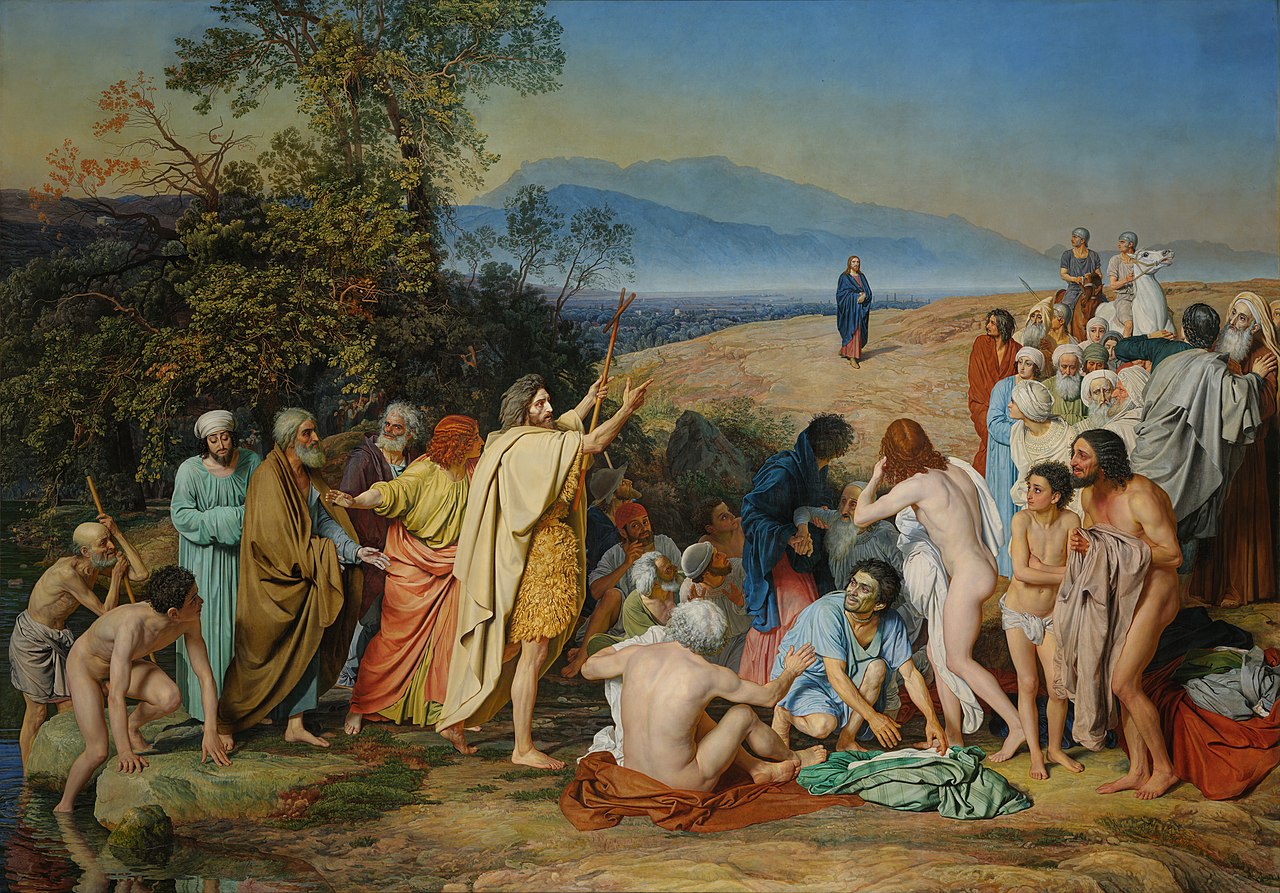
 In the middle ground we see the solitary figure of Christ on a rocky mound approaching the gathering. Behind him in the background is a wide plain and the distant mountains. His figure is small in comparison to the others but nevertheless stands out because of it being a lone figure. In the foreground of the picture there are a number of male figures of varying ages, some of whom are already undressed waiting to be baptised.
In the middle ground we see the solitary figure of Christ on a rocky mound approaching the gathering. Behind him in the background is a wide plain and the distant mountains. His figure is small in comparison to the others but nevertheless stands out because of it being a lone figure. In the foreground of the picture there are a number of male figures of varying ages, some of whom are already undressed waiting to be baptised.

